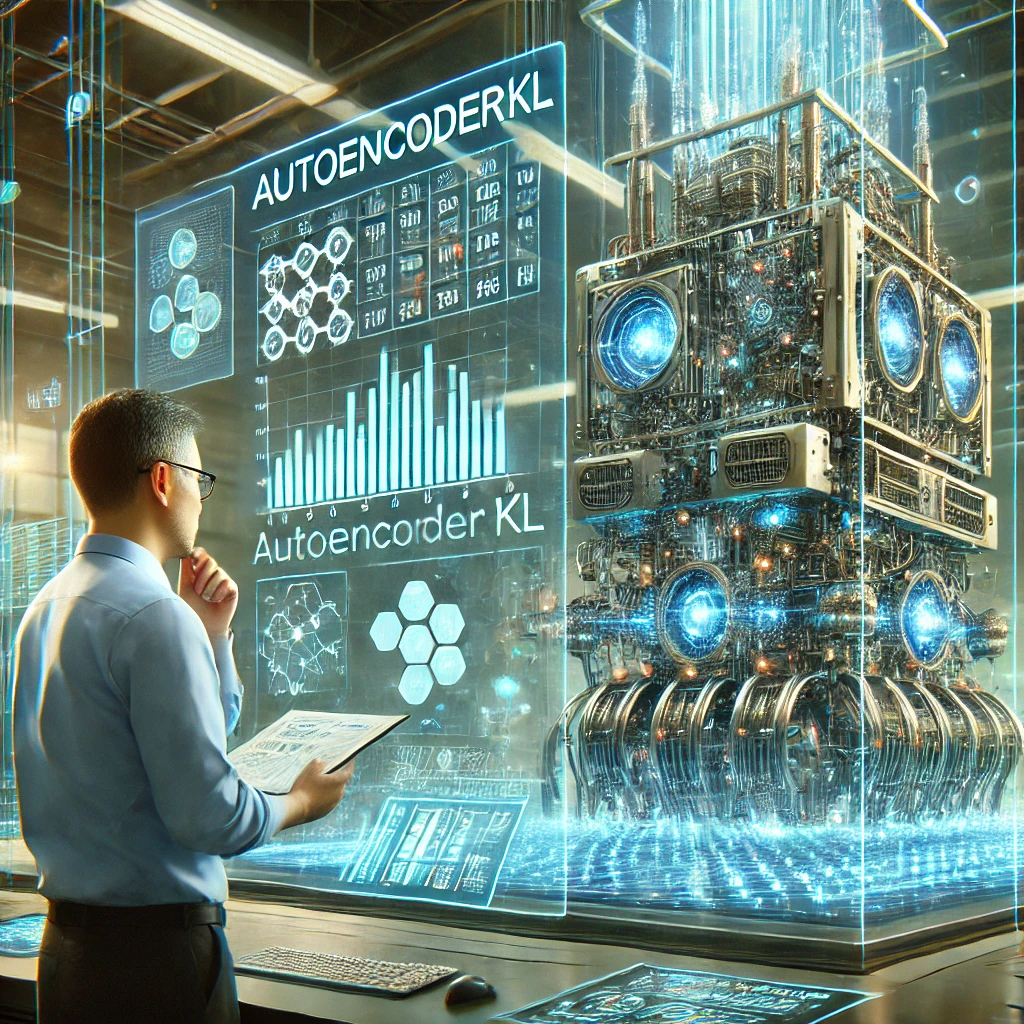Introduction to the Exclusive Realm of Argmax in AutoencoderKL
AutoencoderKL represents a specialized variant of the traditional autoencoder, tailored for tasks where probabilistic modeling and Kullback-Leibler divergence are crucial. This variant is particularly effective in scenarios that require a delicate balance between data reconstruction and distribution approximation, often seen in complex generative tasks. Here, we explore why the function argmax only supported for autoencoderkl is specifically supported and implemented within this framework.
Deciphering AutoencoderKL: A Specialized Tool for Generative Modeling
The AutoencoderKL is a fusion of traditional autoencoder principles with the probabilistic modeling strengths of variational approaches. It leverages the Kullback-Leibler divergence to optimize the latent space, ensuring that the encoded representations not only retain essential information from the input data but also adhere closely to a predefined probabilistic distribution. This adherence allows for more controlled and meaningful sampling or generation of data, which is pivotal in tasks such as image reconstruction or text generation.
Understanding Argmax: Its Role and Utility in Machine Learning
Argmax is an operation that finds the argument that gives the maximum value of a function. In machine learning, argmax only supported for autoencoderkl is crucial for decision-making processes, such as classifying inputs into categories based on the output of probability distributions. The use of argmax in AutoencoderKL is specific and intentional, aiding in selecting the most probable features or factors in a given latent representation.
The Rationale: Why Argmax Finds Its Niche Solely in AutoencoderKL
The decision to support argmax exclusively in AutoencoderKL is not arbitrary. This model leverages the discrete nature of argmax to enhance its generative capabilities. In tasks where precision in the selection of the next sequence or feature is paramount, argmax provides a deterministic edge. It ensures that the outputs, whether they be words in text generation or features in image synthesis, are the most probable ones according to the learned distributions in the latent space.
Limitations and Challenges: The Consequences of Exclusive Support for Argmax in AutoencoderKL
While argmax offers significant advantages in specific contexts, its exclusive association with AutoencoderKL also introduces limitations. The primary challenge is the inflexibility in applications where a softer, probabilistic decision boundary might be preferable. For instance, in scenarios where slight variations and gradations are needed, the deterministic nature of argmax might lead to a loss of nuance or diversity in the generated outcomes.
The Strategic Fit: Contexts Where Argmax and AutoencoderKL Shine
The integration of argmax within AutoencoderKL is particularly beneficial in high-stakes generative tasks where the accuracy of each generated element is crucial. In medical imaging, for example, where precise and accurate feature representation can dictate diagnostic outcomes, argmax helps in generating clear and distinct features. Similarly, in text generation, where the coherence and relevance of each word are key, the deterministic selection by argmax ensures that the outputs align well with human linguistic patterns.
Conclusion: Embracing the Unique Coupling of Argmax and AutoencoderKL
In summary, while the argmax only supported for autoencoderkl might seem limiting, it is a thoughtful design choice that aligns with the model’s strengths in generative tasks requiring high precision and determinism. This unique functionality allows AutoencoderKL to excel in specific applications, making it a valuable tool in the arsenal of machine learning models where exactness is non-negotiable. The exploration of this feature underscores a broader lesson in machine learning: the importance of tailoring algorithms to fit the nuanced needs of their application environments.


